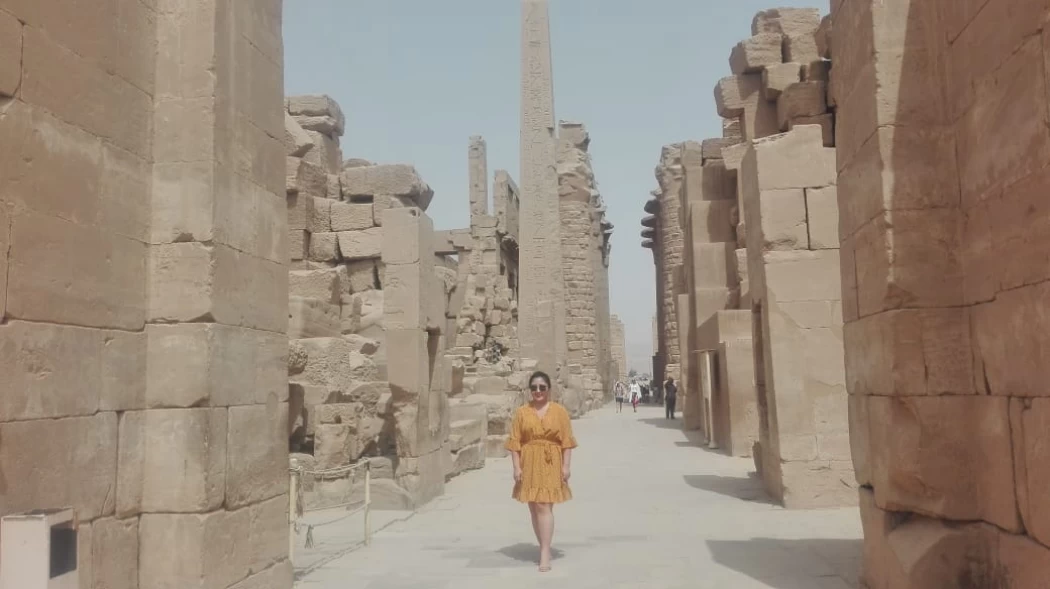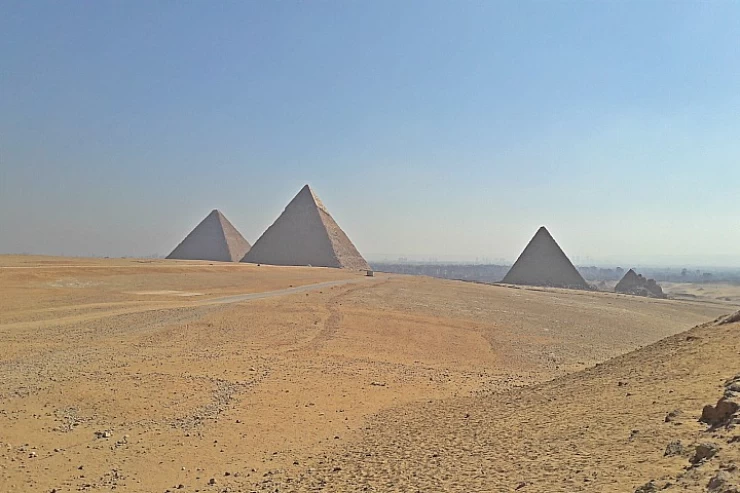
The Complete Temples of Ancient Egypt
Pharaonic temples in ancient Egypt are considered important symbols of the civilization and grandeur that this unique land lived in. They are not just stone structures, Pharaonic temples are living testimonies to the greatness of Egyptian civilization and the splendor of arts and architecture in that time period.
This architectural legacy ranges from small temples to massive structures, and their designs and decorations reflect the spiritual and religious meanings that characterized the lives of the pharaohs.
Types of Pharaonic Temples an artistic and spiritual journey through the history of ancient Egypt. Pharaonic temples constitute an essential part of the heritage of ancient Egypt, as these magnificent structures vary in their designs and purposes. In this article, we review the most prominent types of Pharaonic temples that formed the focus of worship, art and civilization in this ancient world.
Major Temples
this category includes the large and important pharaonic temples that were dedicated to the main gods of Egyptian religion, such as the Karnak Temple and the Luxor Temple, which were dedicated to the god Amun-Ra and the combined gods.
Small Temples
this category includes smaller temples that were dedicated to local worship and minor deities. Standing out here are the separate temples that were dedicated to villages or noble families.
Family Temples
these temples were dedicated to the private worship of ruling families and nobles. This is further strengthened by the presence of one's elaborate adornment whose main purpose is to depict the work done and the historical background of the family in question.
Among big temples, the most conspicuous ones include the Temple of Luxor and the Temple of Karnak, which were devoted to the veneration of the god Amon-Ra and his consort Mut. Pyramid Temples
These temples are part of the large complex surrounding the pyramids, as they were dedicated to religious rituals and sacrifices to the pharaohs who built the pyramids.
Roman Temples this category comes as a result of the Roman influence in Egypt, where they built new temples with their own style and adopted different architectural styles. Some queens and noble women built their own temples, supervising the worship of their gods and documenting their influence on civilization. The structural design of the temples is characterized by massive columns and massive arches, which express the strength and integrity of the structure.
The main structures come in elaborate geometric shapes, with the architecture used to distribute weight perfectly. The temples are also characterised by courtyards and massive columns that are serrated or twisted. Colours are used extensively to decorate the carvings and decorations, and bright colours highlight the design components.















